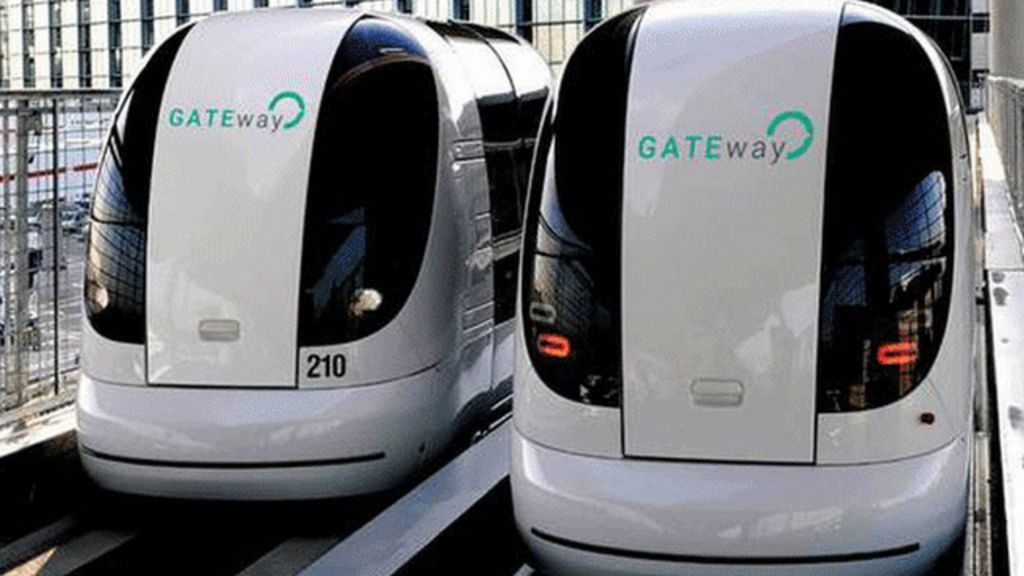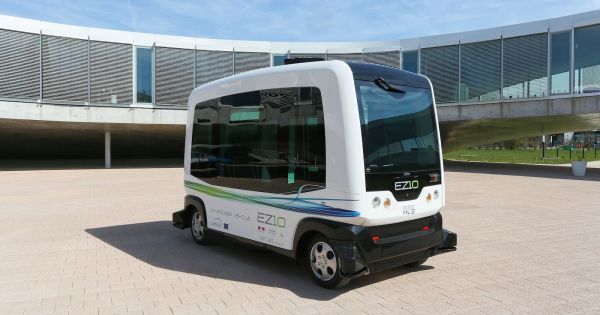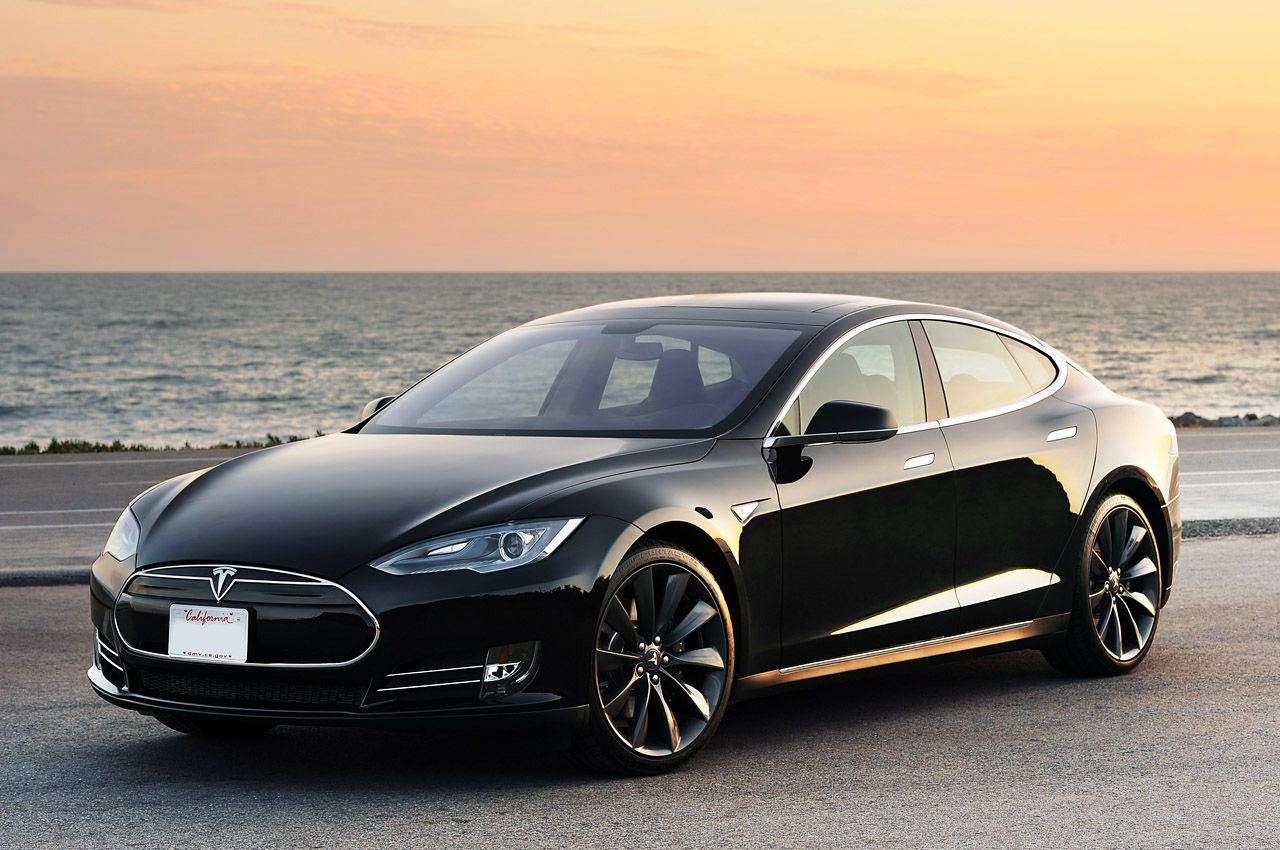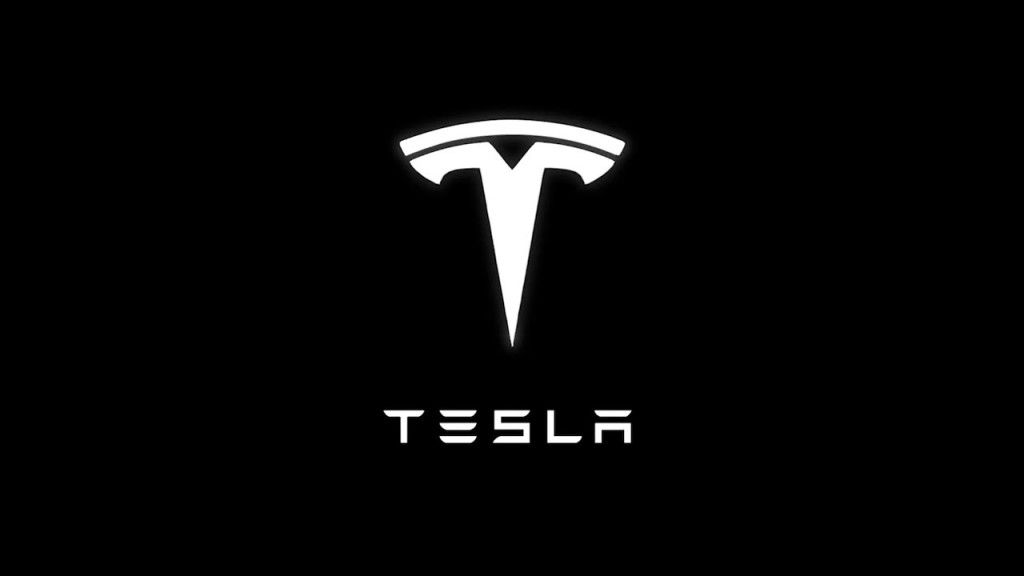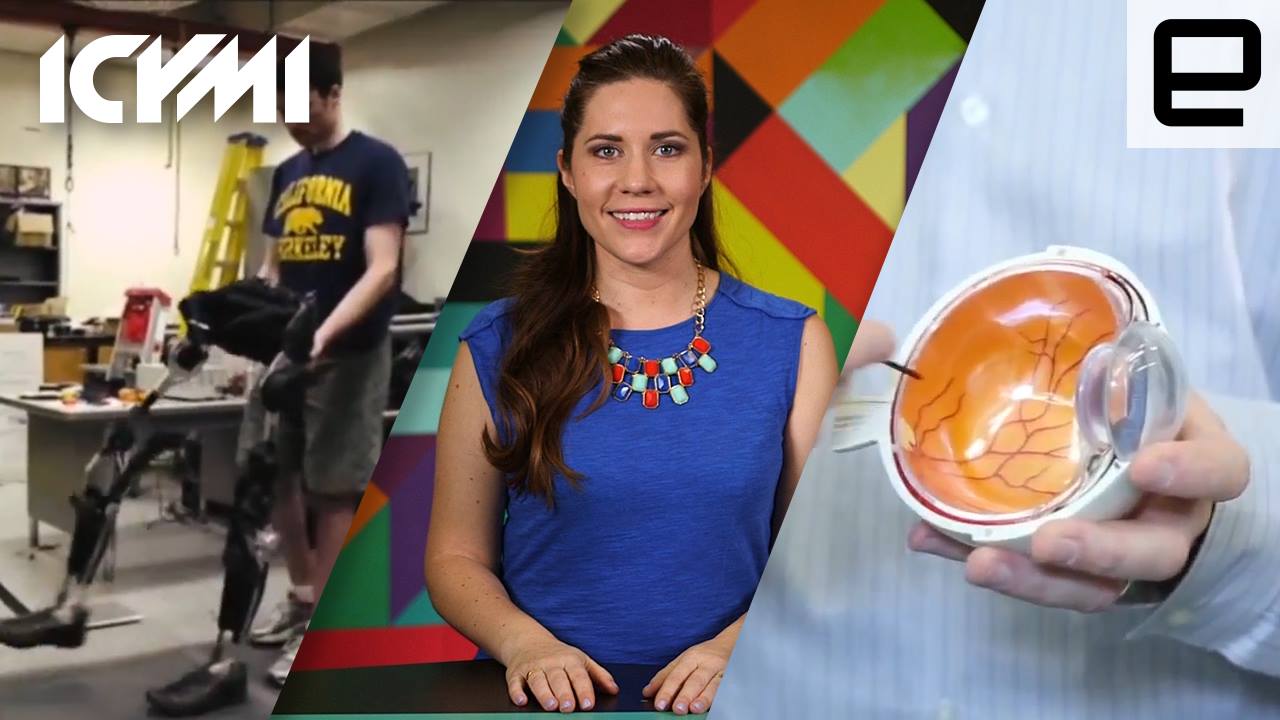Jan 31, 2016
The coming leap in human intelligence
Posted by Karen Hurst in categories: biotech/medical, robotics/AI, singularity, transportation
Interesting & a perplexing viewpoint by this author on “Singularity” and AI in general. First, I believe folks have varying views on the word “Singularity.” This author believes it is when machines become smarter than humans. In my case; I see Singularity is when humans and machines become connected to all things; not necessarily when a machine becomes smarter than myself. Also, the author definitely is not open to exploring all the possibilities around AI; thank goodness all innovators do not have this same mindset.
Human-like robots are popping up everywhere. From the factory floor to product packaging and delivery. From restaurants to the battlefield. From patient care to camel racing. And countless other places. The driverless cars we talked about in this column only a few years ago can be seen on the road today. Our electronic devices are not only talking to us, they’re beginning to understand what we need without even having to ask.
All of this has led to rampant speculation about when the so-called “singularity” is going to happen. When machines become “smarter” than humans. Sorry to disappoint, but the ultimate brain isn’t a future generation of IBM’s Watson or some super-distributed artificial intelligence network like the fictional Skynet portrayed in the Terminator movies.

